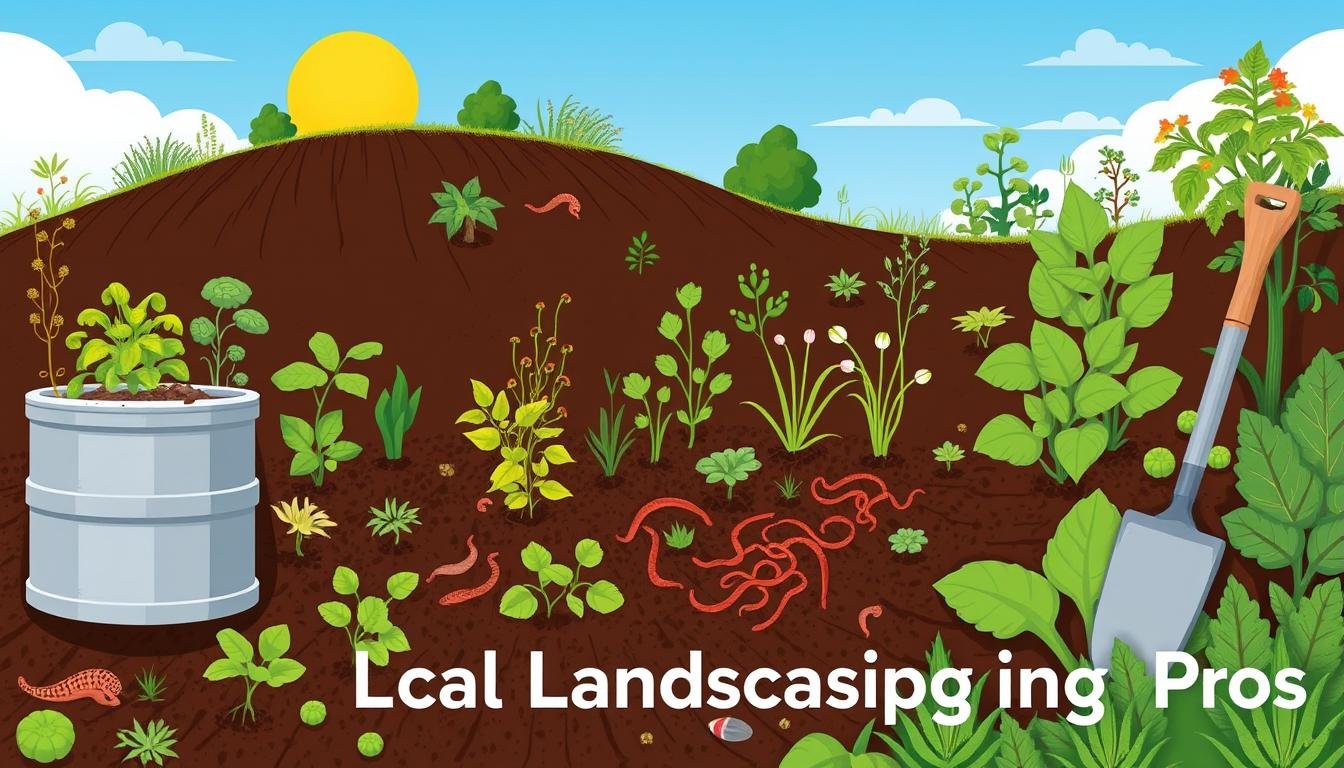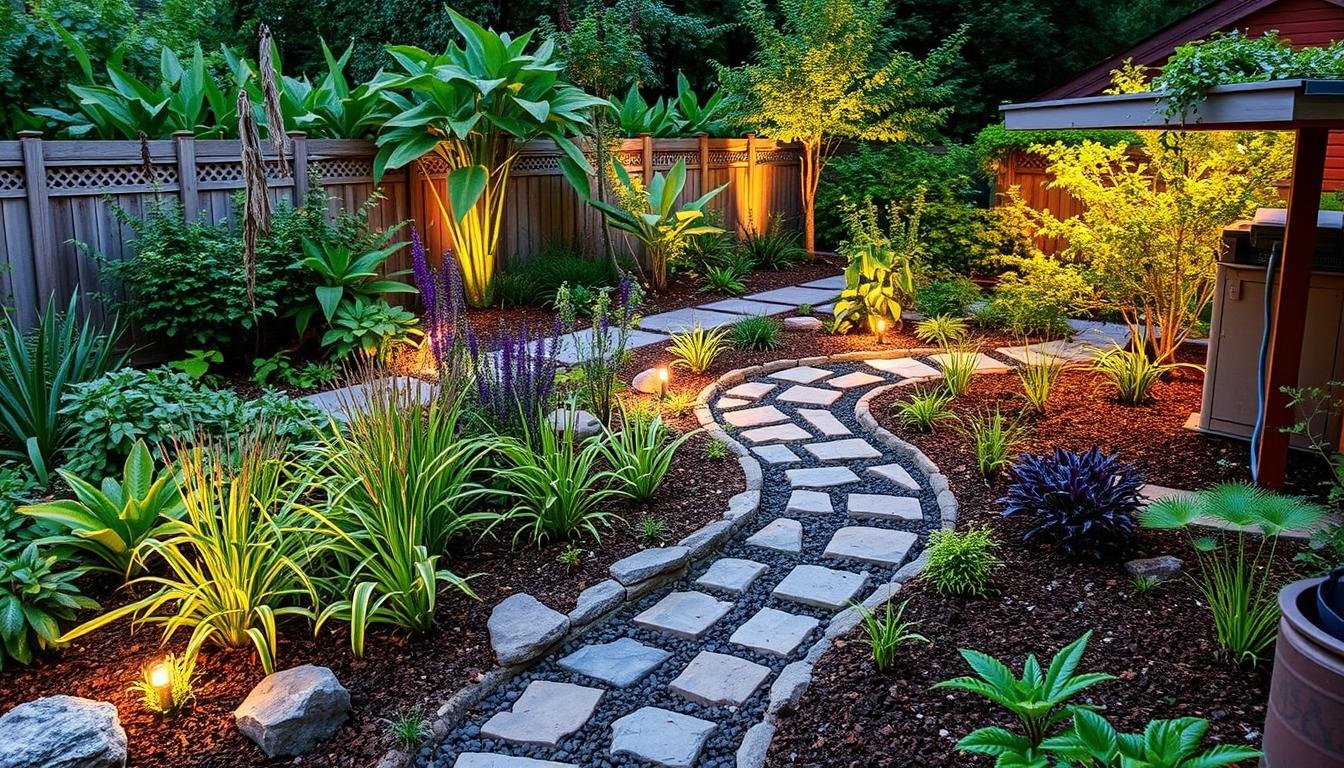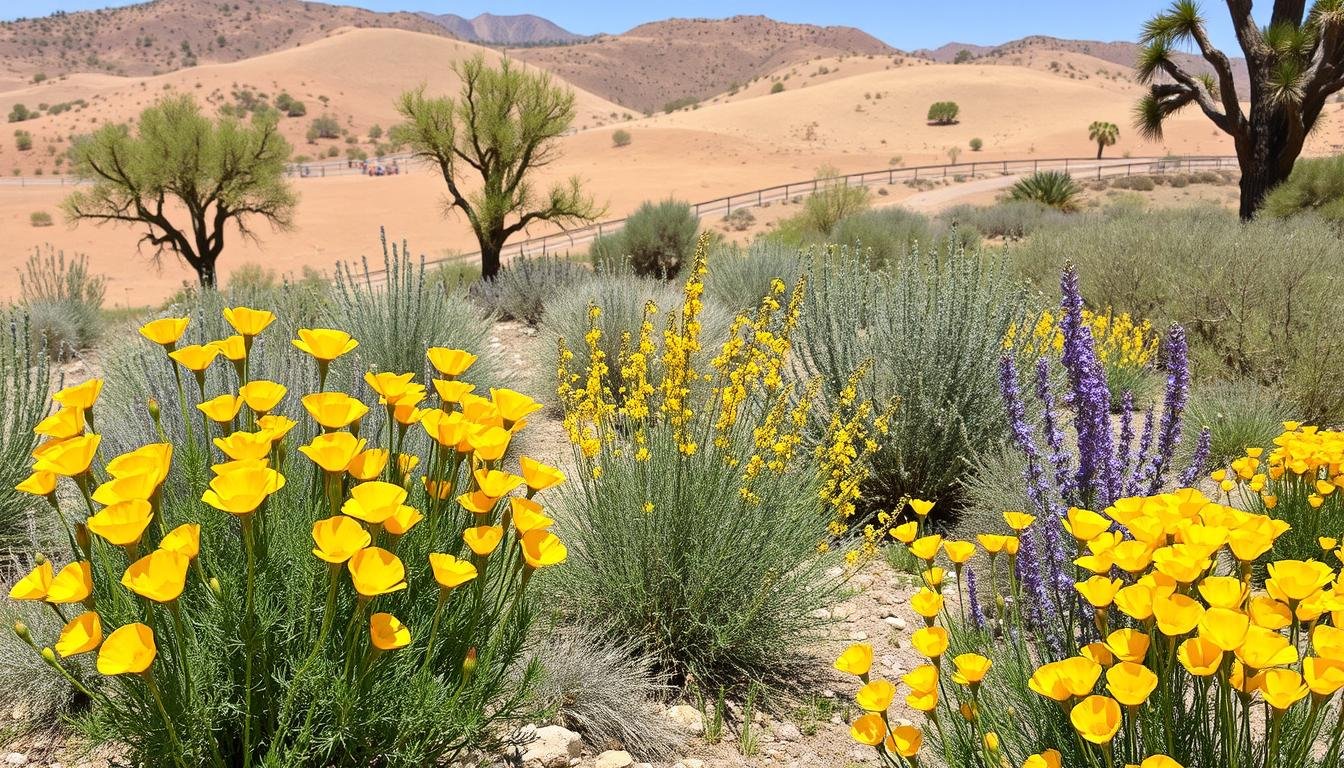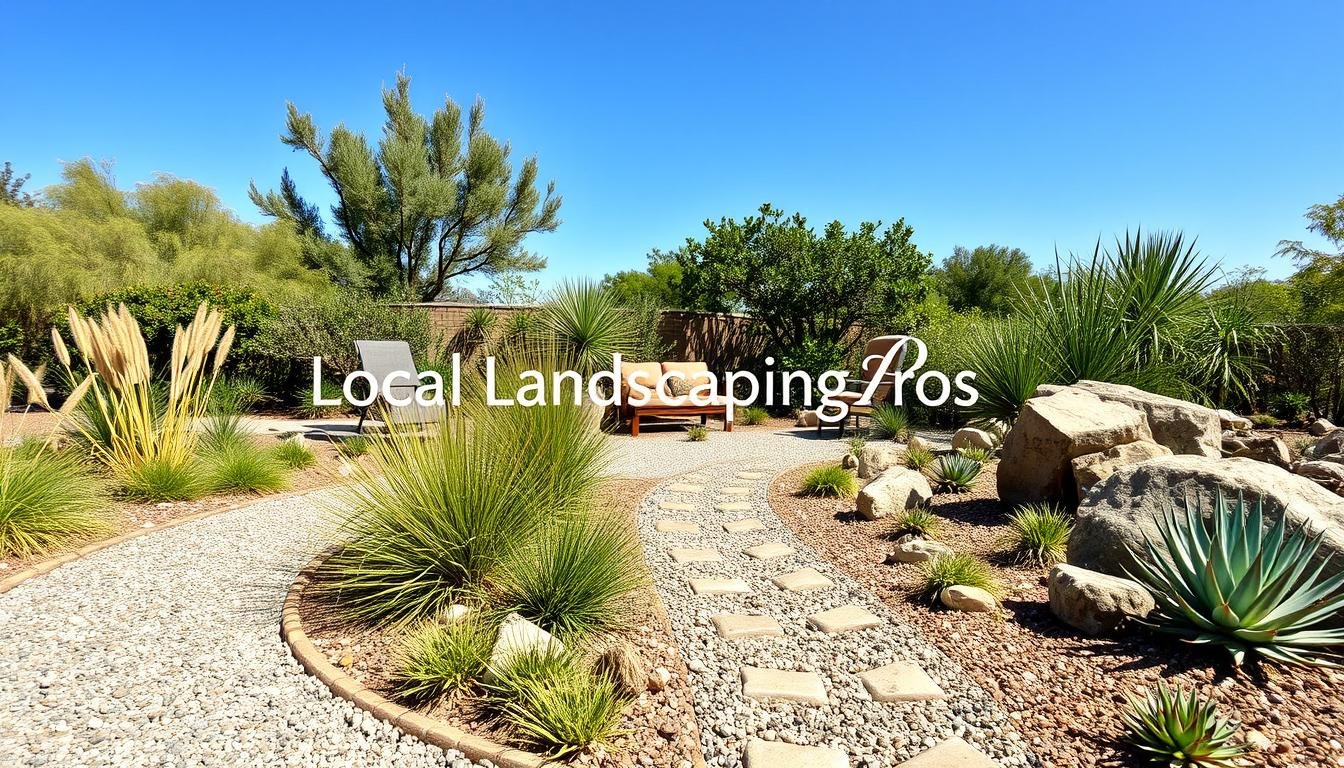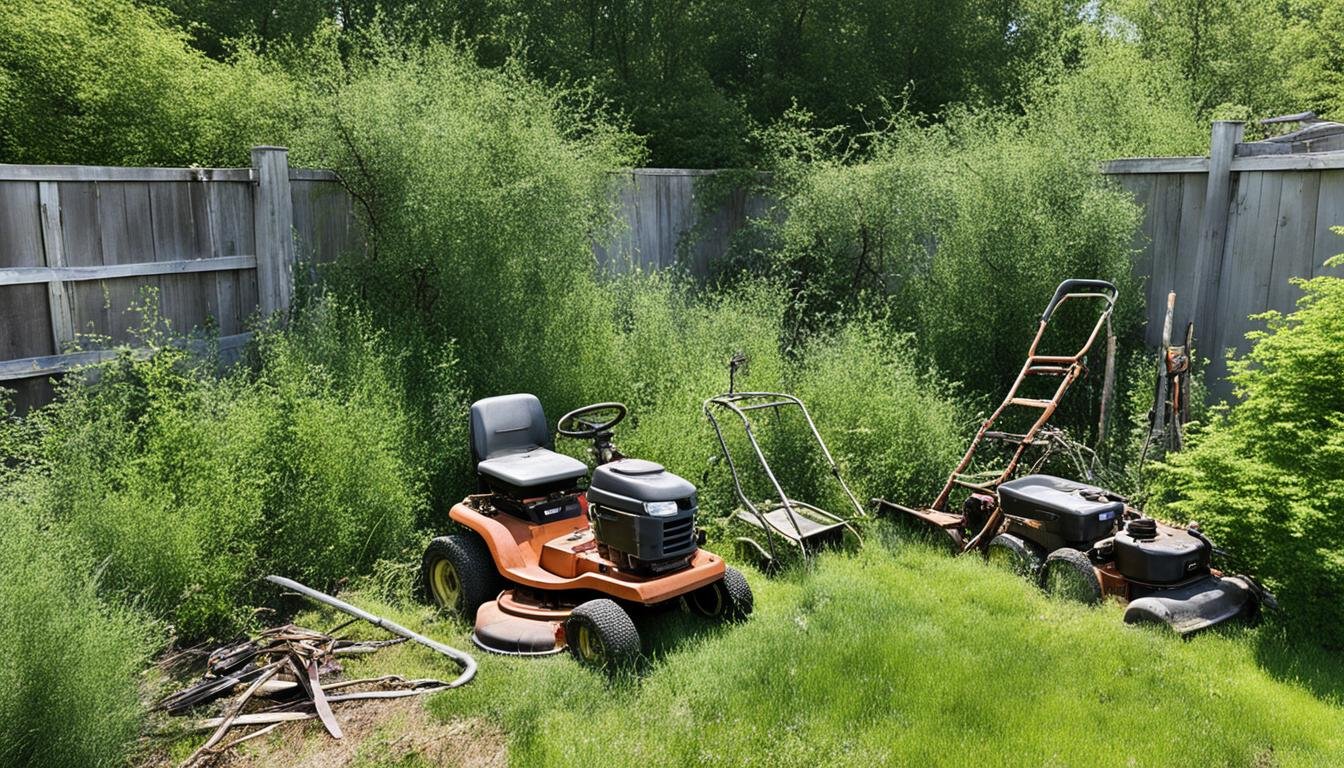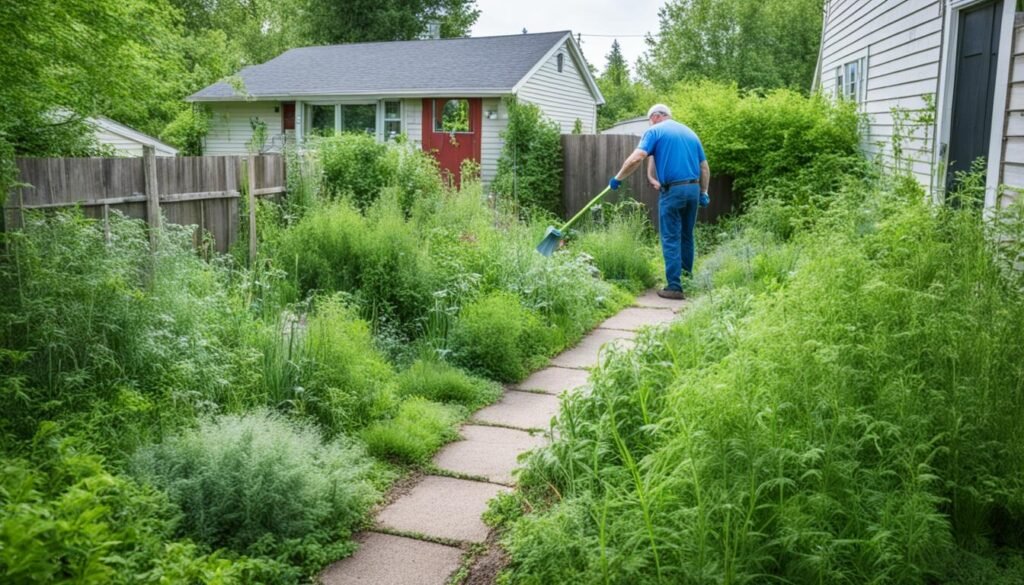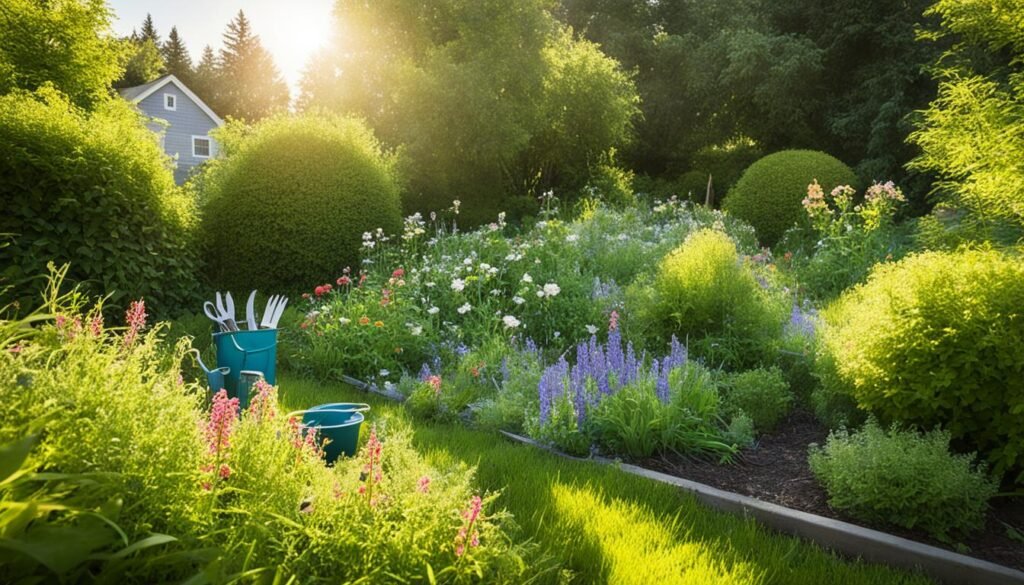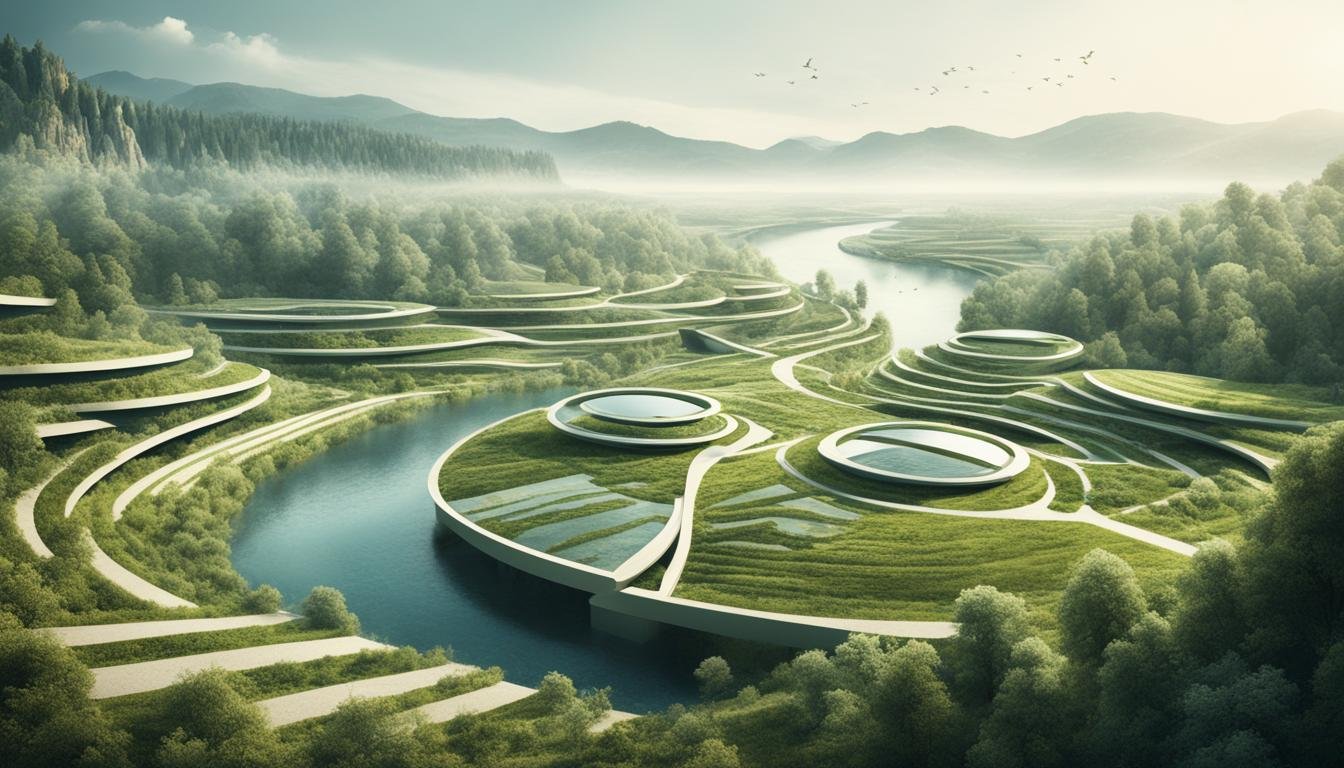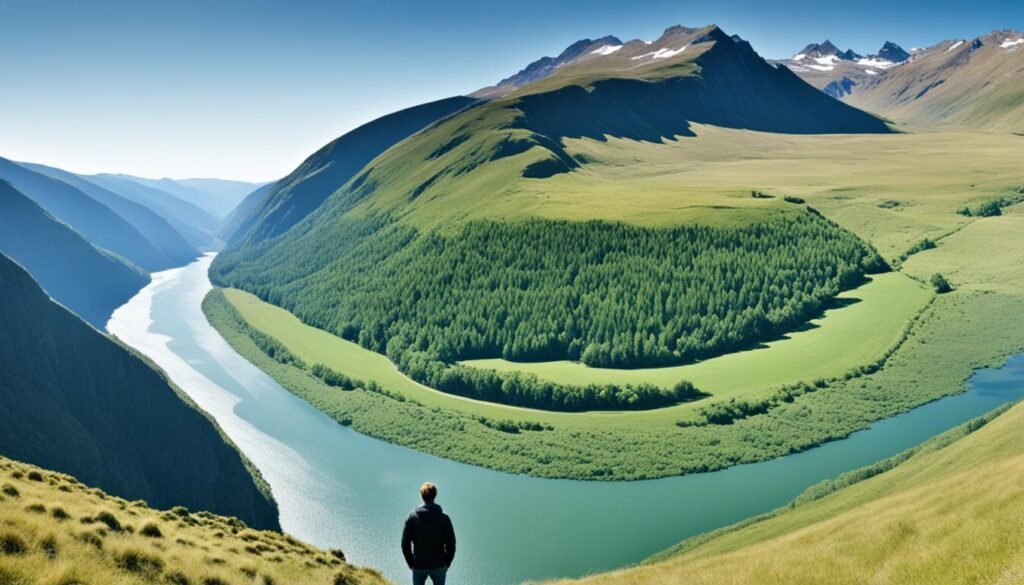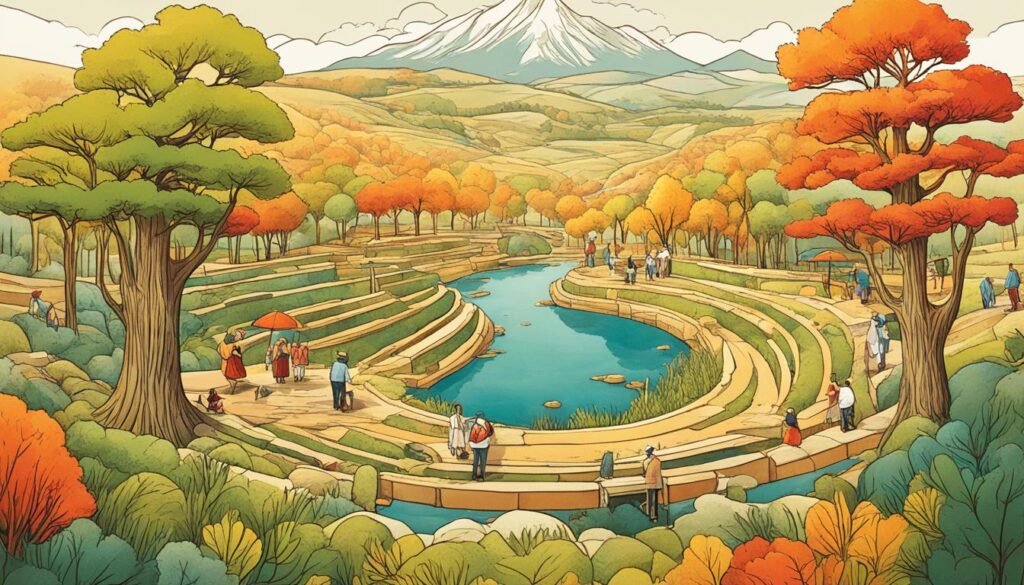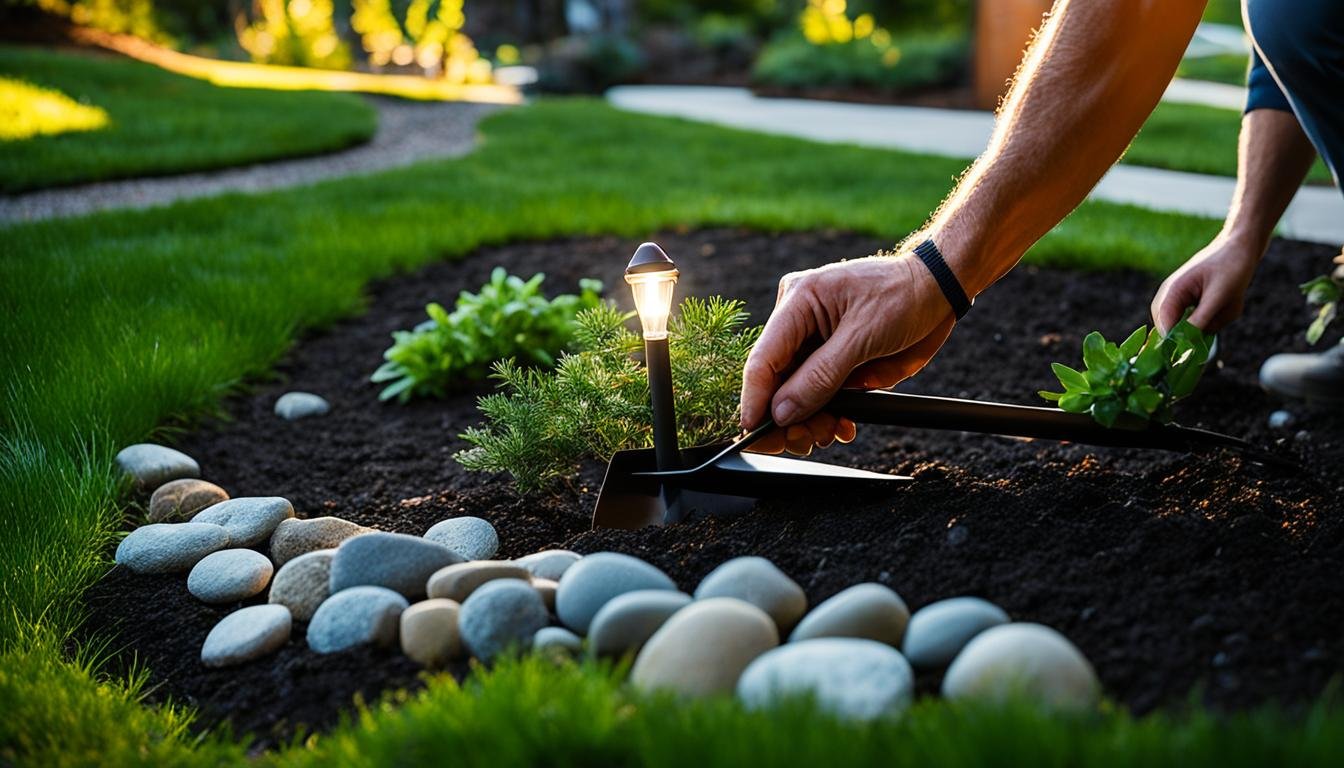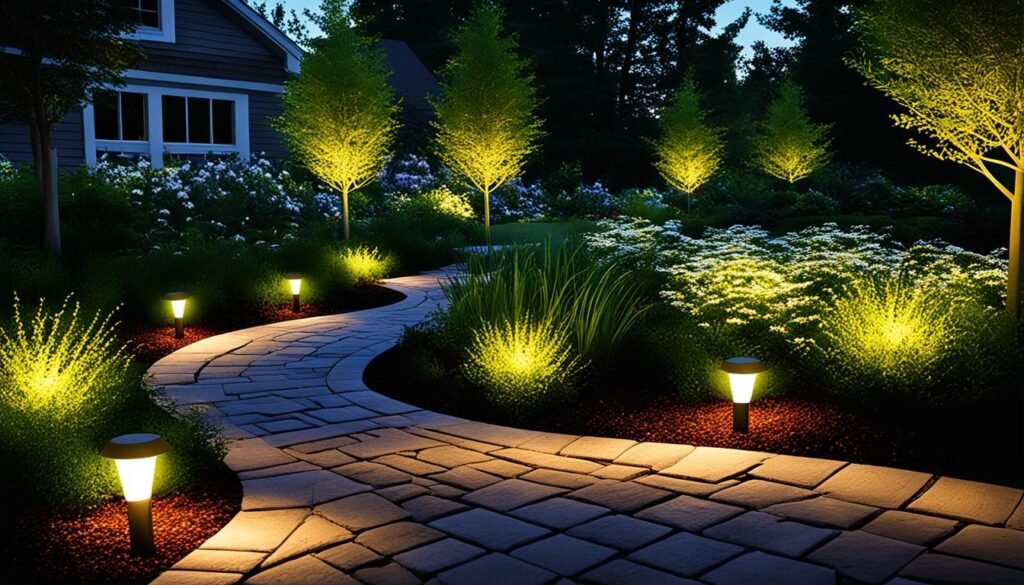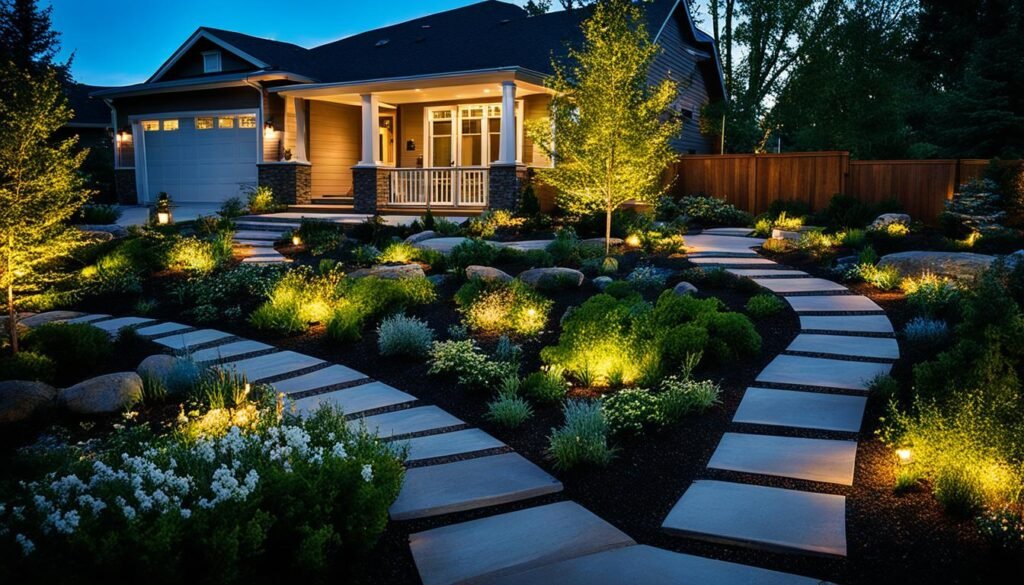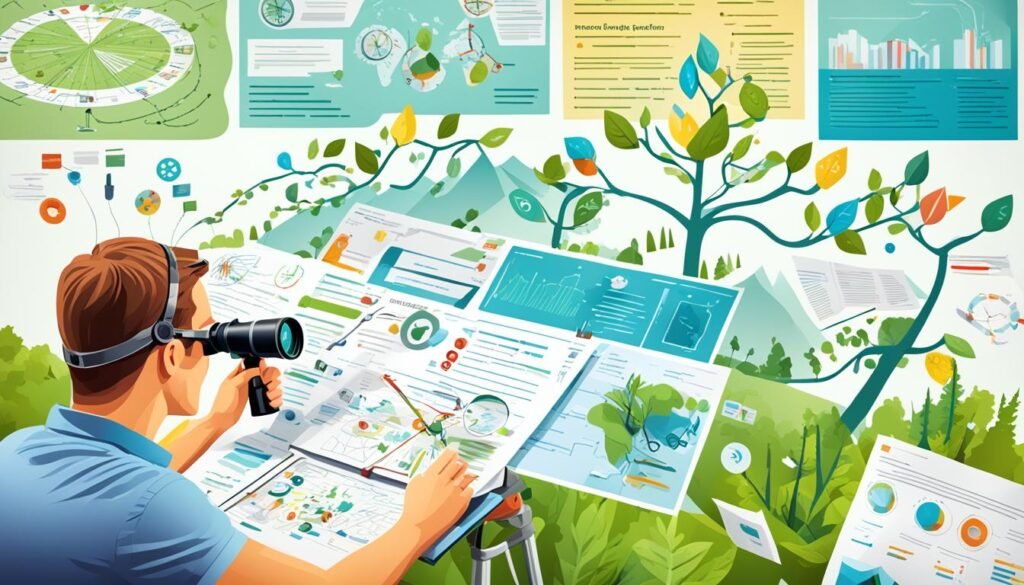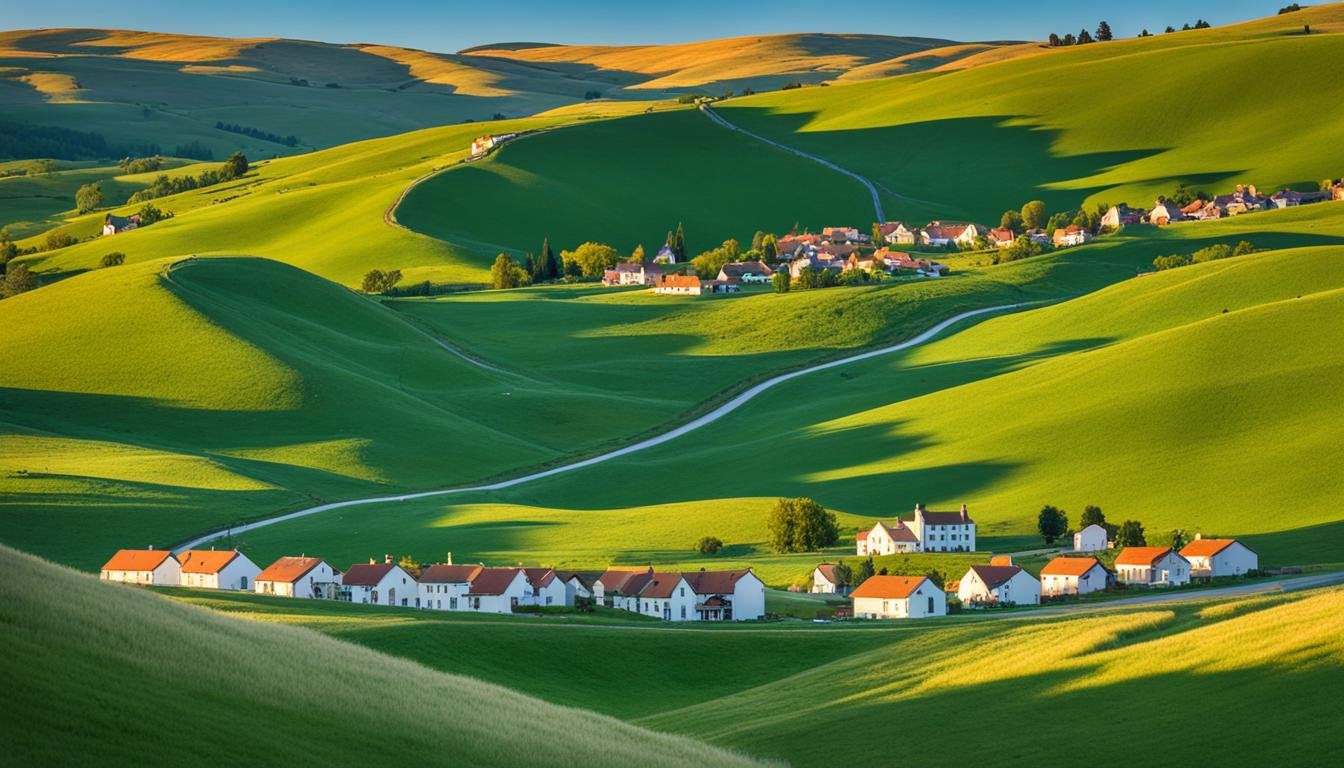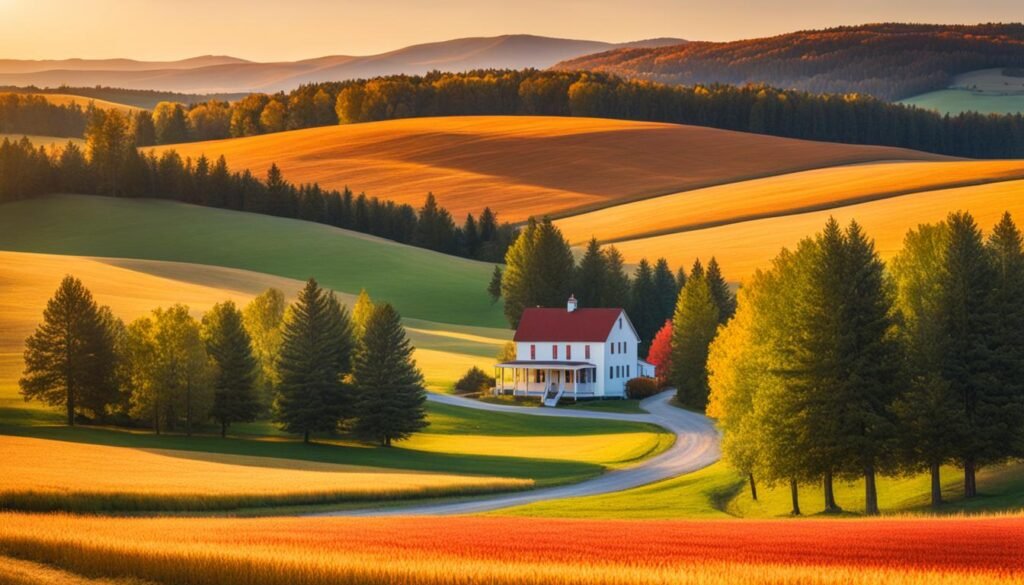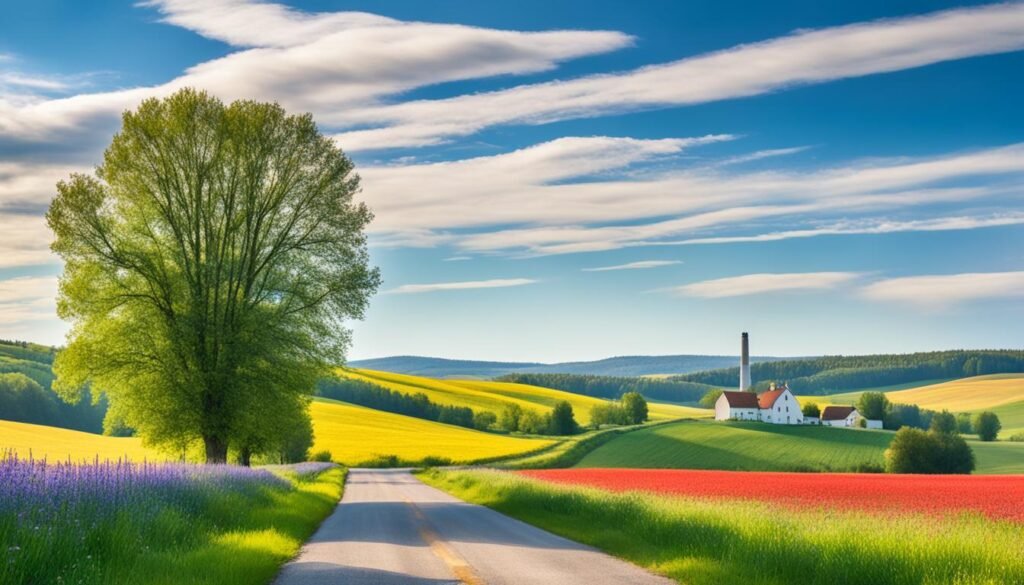Did you know that outdoor water use accounts for 30% of household water in the United States? That’s a lot of water going to lawns and gardens. Smart irrigation systems are changing this, offering a way to save water and money.
These systems use advanced technology to adjust watering based on weather and soil. They deliver the right amount of water, saving up to 50% of water. This saves water and cuts down on costs for homeowners.
As water scarcity grows, smart irrigation systems are a smart choice. They help you keep your landscape beautiful while saving water and money. It’s a win-win for your wallet and the planet.
Key Takeaways
- Outdoor water use makes up 30% of household water consumption
- Smart irrigation systems can reduce water waste by up to 50%
- These systems optimize watering based on real-time data
- They promote water conservation and efficiency in landscaping
- Smart irrigation leads to cost savings for homeowners
- Adoption of these systems supports sustainable landscaping practices
Benefits of Smart Irrigation Systems
Smart irrigation systems change how we use water in our yards. They mix advanced tech with precision farming to save water. Let’s look at why smart irrigation is good for your yard.
Water Conservation Techniques
These systems use the latest in saving water. Moisture sensors check the soil, giving plants water only when they need it. This way, less water is wasted, helping to save more.
Cost Savings for Homeowners
Smart irrigation helps you save money too. It cuts down on your water bills by using water wisely. This can pay for the system over time.
| Watering Method | Monthly Water Usage (Gallons) | Monthly Cost |
|---|---|---|
| Traditional Sprinklers | 3,000 | $45 |
| Smart Irrigation | 1,800 | $27 |
| Monthly Savings | 1,200 | $18 |
Environmental Impact
Smart irrigation is great for the planet too. It uses less water, helping to save this vital resource. It also cuts down on runoff, keeping our ecosystems clean. Your yard becomes a greener space, helping our environment.
“Smart irrigation is not just about saving water; it’s about nurturing a greener future for our planet.”
How Smart Irrigation Systems Work
Smart irrigation systems change how we water our landscapes. They use the latest technology. This includes sensors, automation, and data analysis to save water.
Sensors and Automation
These systems have sensors that check soil moisture, temperature, and rainfall. They work with automated controllers. This lets them adjust watering schedules as needed.
They also watch the weather. This helps them know when it’s going to rain. So, they don’t water too much when it’s already wet. And they make sure plants get enough water when it’s dry.
Data-Driven Decision Making
The real strength of smart irrigation is in making smart choices. They use IoT connectivity to gather and analyze lots of data. This helps them figure out the best way to water your plants.
They learn from past watering, the types of plants you have, and the weather. This lets them create a watering plan just for your landscape.
| Feature | Benefit |
|---|---|
| Weather monitoring | Prevents overwatering during rainy periods |
| IoT connectivity | Enables remote control and data analysis |
| Automated scheduling | Optimizes watering based on plant needs and conditions |
With these Features, smart irrigation systems help keep your landscape healthy. They save water and lower your water bills.
Tree Installation Services by Local Landscaping Pros
Local Landscaping Pros in Murrieta offer expert tree installation services. They help make your outdoor space better. Professional tree planting is key for your landscape’s health and beauty.
Importance of Professional Tree Installation
Expert tree installation is vital for trees to grow well. Professionals use remote control equipment for precise placement. They also use predictive analytics to find the best planting spots.
- Correct planting depth and spacing
- Proper soil preparation and amendments
- Expert tree selection for your landscape
- Ongoing care and maintenance guidance
Choosing the Right Trees for Your Landscape
Choosing the right trees is crucial for a great landscape. Local Landscaping Pros help pick trees that fit your property. They consider sun, soil, and space.
| Tree Type | Ideal Conditions | Maintenance Level |
|---|---|---|
| Oak | Full sun, well-drained soil | Low |
| Maple | Partial shade, moist soil | Medium |
| Fruit Trees | Full sun, fertile soil | High |
With professional help, you’ll pick trees that look great and grow well. Local Landscaping Pros ensure your new trees will thrive for years.
Frequently Asked Questions
Got questions about smart irrigation and tree planting? We’ve got answers! Let’s dive into some common queries about water-saving tech and our landscaping services.
How do smart irrigation systems save water?
Smart irrigation systems are game-changers in water conservation. They use weather data and soil moisture sensors to water your lawn only when needed. This precision approach cuts waste and keeps your plants happy. You’ll see lower water bills and a greener yard!
What types of trees can Local Landscaping Pros install?
We offer a wide range of trees suited to your local climate. From shade-giving oaks to flowering dogwoods, we’ve got you covered. Our experts will help you pick trees that thrive in your soil and match your landscape vision.
How can I contact Local Landscaping Pros?
Ready to boost your lawn’s health and beauty? Give us a ring at 951-309-9107. Our friendly team is eager to chat about your landscaping dreams. We can make them a reality with smart irrigation and expert tree installation.
FAQ
How do smart irrigation systems save water?
Smart irrigation systems save water by using advanced techniques. They have moisture sensors and weather monitoring. This lets them adjust watering based on soil and weather conditions.
They prevent overwatering, ensuring water is used just right. This makes sure your plants get the right amount of water.
What types of trees can Local Landscaping Pros install?
Local Landscaping Pros can install many types of trees. They help pick the best trees for your landscape and climate. They consider soil type, sunlight, and water needs for the trees to grow well.
How can I contact Local Landscaping Pros?
Call Local Landscaping Pros at 951-309-9107. They can help with smart irrigation systems, tree installation, and more. Their team is ready to assist you.
What are the cost savings associated with smart irrigation systems?
Smart irrigation systems save money by using less water. They prevent overwatering and waste. This leads to lower water bills and less maintenance costs over time.
How do IoT connectivity and remote control benefit smart irrigation systems?
IoT and remote control let you manage your irrigation system from anywhere. You can use a smartphone or tablet. This makes it easy to adjust schedules and respond to weather changes.
What role do predictive analytics play in smart irrigation?
Predictive analytics help smart irrigation systems plan watering. They use past data, weather forecasts, and plant needs. This approach optimizes watering schedules and improves water efficiency.
It also helps keep your landscape healthy with less effort from you.


